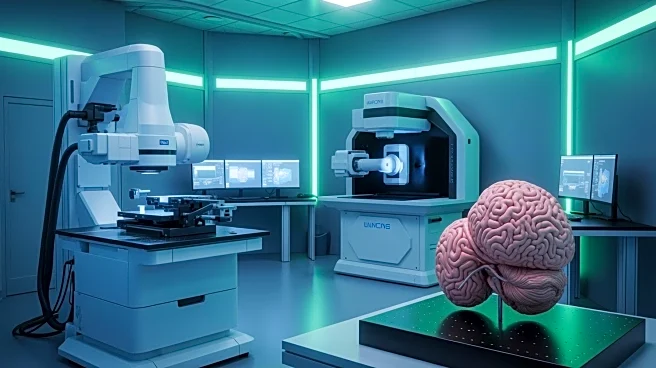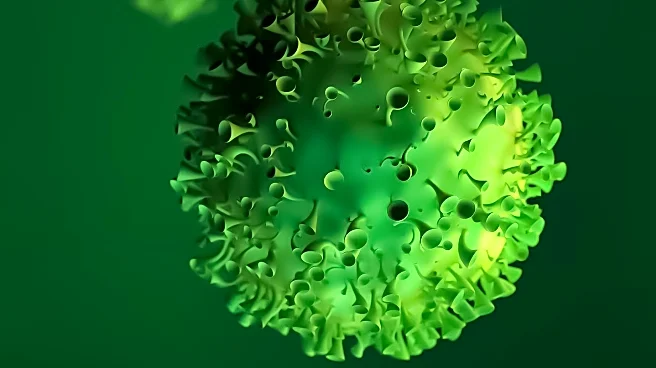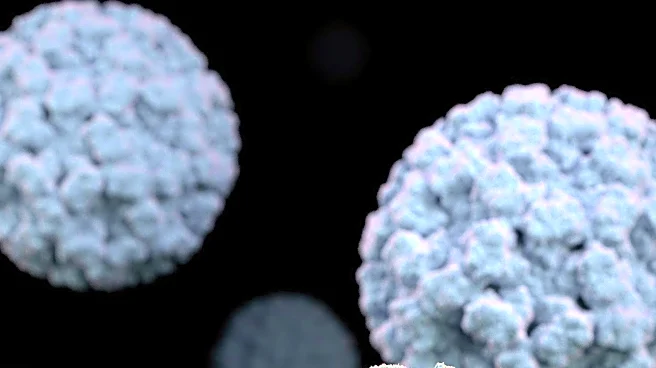What's Happening?
A study published in Nature has investigated a novel approach to preventing glioblastoma recurrence through the use of implant-mediated slow release of small molecules targeting immunosuppressive myeloid
cells. The research involved the synthesis of CANDI wafer materials capable of delivering drugs like R848, LCL-161, and ruxolitinib directly to the tumor microenvironment. This method aims to reshape the tumor-associated macrophage population and enhance the immune response against glioblastoma. The study utilized various mouse models and human organotypic tissue slices to test the efficacy and safety of the CANDI wafers, showing promising results in reducing tumor growth and improving survival rates.
Why It's Important?
Glioblastoma is one of the most aggressive forms of brain cancer, with high recurrence rates and limited treatment options. The development of implant-mediated drug delivery systems represents a significant advancement in cancer treatment, offering a targeted approach that could improve patient outcomes. By focusing on the tumor microenvironment and immune modulation, this research could pave the way for more effective therapies that reduce the likelihood of cancer recurrence and enhance the body's natural defenses against tumor growth.
What's Next?
Further research is needed to optimize the CANDI wafer materials and drug combinations for clinical use. Clinical trials will be essential to determine the safety and efficacy of this approach in human patients. If successful, this technology could be adapted for other types of cancer, providing a versatile platform for targeted drug delivery. Collaboration between researchers, healthcare providers, and pharmaceutical companies will be crucial in advancing this promising treatment strategy.
Beyond the Headlines
The study underscores the potential of personalized medicine and the importance of understanding the tumor microenvironment in cancer treatment. It highlights the role of innovative materials science in developing new therapeutic approaches and the need for interdisciplinary collaboration in tackling complex diseases like glioblastoma. Ethical considerations regarding the use of animal models and human tissue in research are also important aspects of this study.











